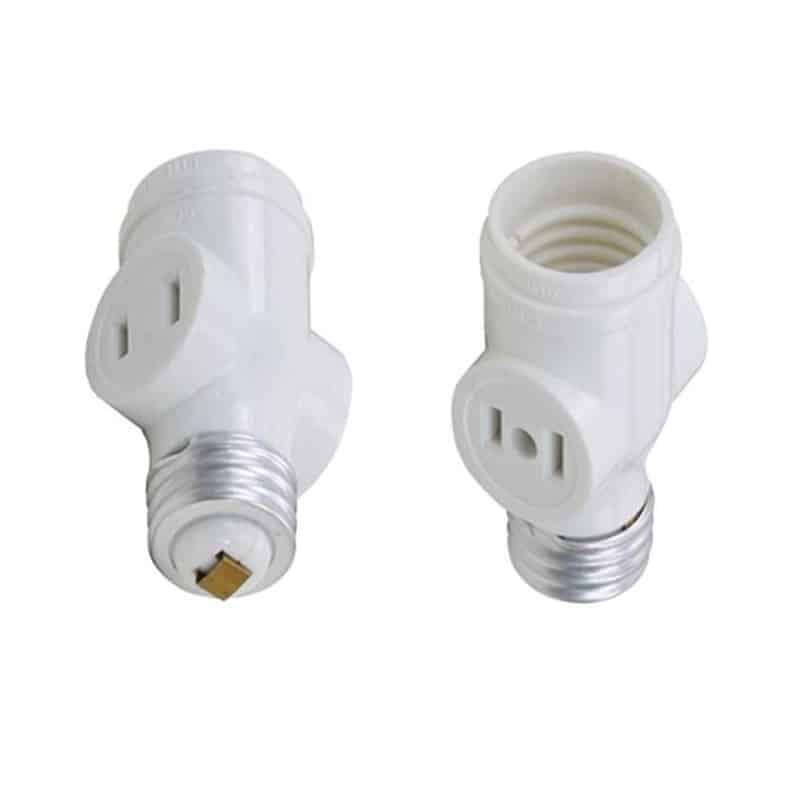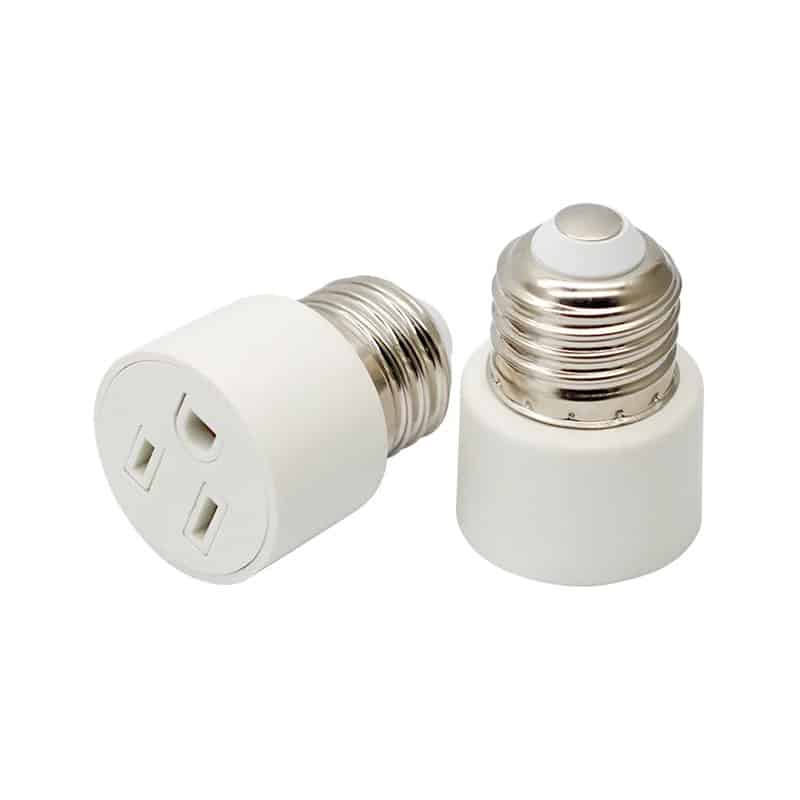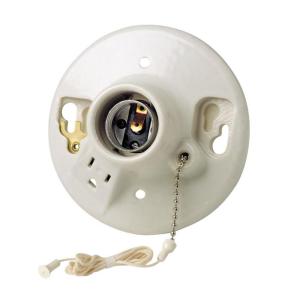Using a screw-in receptacle adapter in a light socket is a convenient solution for running small devices in places where you don’t have a convenient outlet. However, this raises questions about the legality, safety, and building code compliance. While these adapters are sold as quick fixes, you need to understand the legal and safety implications before you use one.
Yes, Screw-in Adapters Are Often Legal—With Certain Conditions
In most cases, using a screw-in adapter in a light socket is legal for temporary purposes, provided it meets local electrical codes and safety guidelines. However, building and electrical codes can vary by location, so it’s essential to check with local regulations. Additionally, any adapter used should carry a UL listing or similar certification, indicating it meets established safety standards. Uncertified adapters may lack necessary safety features, making them riskier to use. Following these guidelines ensures the adapter is safe and minimizes the chance of encountering issues with inspectors or property managers.

Understanding Receptacle Screw-in Adapters
Screw-in adapters are devices designed to convert a standard light bulb socket into an electrical outlet. They’re commonly used for powering low-wattage items such as night lights, battery chargers, or other small appliances in spaces where a standard outlet is inaccessible. These adapters are appealing because they allow a quick and inexpensive way to access power without modifying existing wiring or installing additional outlets. However, they do not change the socket’s power rating or add a grounding option, which is essential to consider when choosing what to plug in.
Legal Considerations for Using Screw-in Adapters
Local building and electrical codes generally permit the use of screw-in adapters for light loads and temporary purposes, especially in residential settings. However, codes can vary significantly between areas, and some locations may restrict the use of these adapters or limit them to specific applications. Additionally, UL certification is a must when using screw-in adapters, as it ensures the product has passed safety testing. Certified adapters are designed to meet minimum safety standards, reducing the risk of overheating or other hazards when used correctly. In contrast, uncertified adapters may not have undergone rigorous testing, making them less reliable.
Potential Safety Concerns with Receptacle Screw-in Adapters
One of the most significant concerns with screw-in adapters is the risk of overloading the light socket. Light sockets are typically rated for low-wattage lighting rather than high-power devices. Overloading can cause the socket to overheat, increasing the risk of electrical fires. Additionally, most light sockets lack a grounding wire, which is a safety feature designed to protect against electric shock. Grounding is especially important when using adapters with devices that have metal exteriors or higher power requirements, as ungrounded sockets increase the risk of shock. Therefore, it’s crucial to only use adapters for devices with minimal power needs and that do not require grounding for safe operation.

Compliance with Electrical Codes
Electrical codes generally distinguish between temporary and permanent use of adapters. While temporary use of screw-in adapters for light loads is often permissible, using them as a permanent solution is discouraged and may violate codes in some areas. This is especially true in commercial settings, where codes tend to be stricter due to increased liability and the need to protect the public. Additionally, residential codes may allow adapter use in certain settings but discourage their use for appliances or tools requiring continuous power. In both cases, understanding local codes and the intended use is essential for ensuring compliance and avoiding potential issues.
Alternative Solutions to Receptacle Screw-in Adapters
For those needing additional power outlets, installing dedicated outlets is a safer, more compliant alternative. A licensed electrician can install new outlets in strategic locations, ensuring they meet local code requirements and have the appropriate grounding and voltage. This solution is ideal for long-term needs and avoids the limitations and risks of using adapters. For temporary or occasional needs, heavy-duty extension cords or power strips may be safer options than adapters, particularly if they are UL-listed and rated for the specific device wattage. Both solutions offer flexibility and safety while helping you avoid the potential downsides of using a screw-in adapter in a light socket.
When to Contact a Professional
If you need more permanent power access in an area without accessible outlets, it’s wise to consult an electrician. They can assess your current electrical setup and suggest modifications that ensure compliance with local building codes. An electrician can also advise on the best way to meet your power needs, whether it’s installing new outlets, adding circuits, or upgrading your wiring. For long-term installations, professional input ensures code compliance and reduces the risk of electrical issues.

Final Words:
In summary, using a receptacle screw-in adapter in a lamp socket can be a convenient, legal solution for temporary power needs, as long as it’s used within the capacity of the socket and with an adapter that’s been certified. For long-term or high-power needs, you need to install dedicated outlets. Make sure you understand the limitations and potential safety issues so you can have a legal and safe setup.













